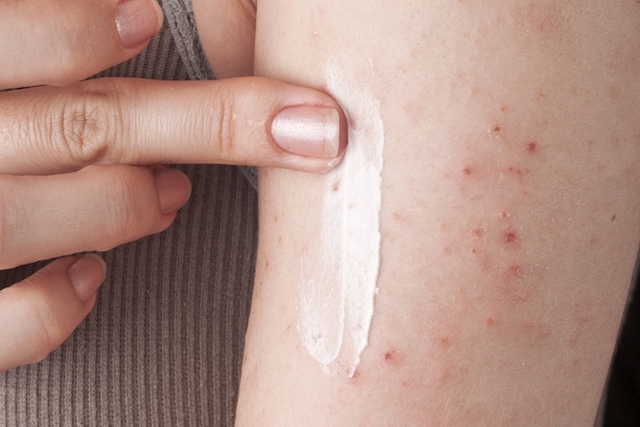Dental occlusion is the contact of the upper and lower teeth when closing the mouth. Under normal conditions, the upper teeth should slightly cover the lower teeth, that is, the upper dental arch should be slightly larger than the lower one. Any change in this mechanism is called dental malocclusion, which can damage your teeth, gums, bones, muscles, ligaments and joints.
The main types of dental occlusion are:
- Class 1: normal occlusion, in which the upper dental arch fits perfectly with the lower dental arch; Class 2: the person does not seem to have a chin, as the upper dental arch is much larger than the lower arch. Class 3: the chin looks very large, because the upper dental arch is much smaller than the lower one.
Although in most cases, the malocclusion is very mild and does not require treatment, there are cases in which it is quite pronounced, it is recommended to consult a dentist to start the treatment, which may include the use of braces or surgery, for example.

Main symptoms
In addition to the aesthetic change, the symptoms of malocclusion can be very difficult to identify, as it is a problem that appears over time and, therefore, the person gets used to it, without realizing that their teeth are altered.
Thus, some signs that may indicate that there is a dental malocclusion, are:
- Wear of the teeth, causing the teeth not to be smooth at the top; Difficulty in discomfort when biting or chewing; Frequent presence of cavities; Loss of one or more teeth; Teeth with very exposed or sensitive parts, causing a lot of discomfort when eating cold food or sweets; Headaches, pain and ringing in the ears frequently; Problems in the jaw joint.
In some cases, dental malocclusion can also be responsible for causing poor posture and deviations in the spine.
In most cases, the symptoms are not identified and, therefore, the problem of malocclusion can only be identified by a dentist during routine visits, especially when an X-ray exam is done, for example.
Treatment for dental malocclusion
Treatment for dental malocclusion is only necessary when the teeth are too far from their ideal position and is usually started with the use of orthodontic appliances to try to return the teeth to the correct place. The use of this type of device can vary between 6 months and 2 years, depending on the degree of malocclusion.
During treatment with the appliance, the dentist may still need to remove a tooth or place a prosthesis, depending on the case, to allow the teeth to have the space or tension necessary to return to their ideal place.
In the most severe cases, in which the change in the mouth is very accentuated, the appliance may not be able to place the teeth in the correct place and, therefore, the dentist may advise to have an orthognathic surgery to change the shape of the bones of the face.. Find out more about when and how this type of surgery is done.















